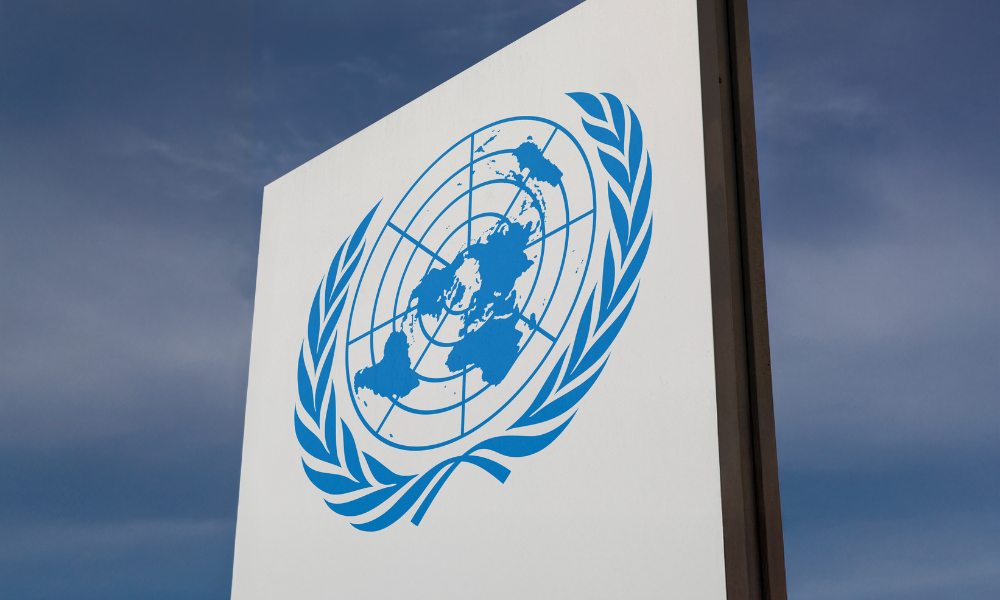Public health authorities in Canada are taking steps to enhance influenza vaccination programs this season by offering access to four-strain quadrivalent influenza vaccines (QIV), an important measure to help prevent B-strain mismatch and reduce the impact of influenza in the population, according to Sanofi Pasteur, a vaccine provider.
For almost four decades, influenza vaccines have covered three strains. These vaccines, known as trivalent influenza vaccines (TIV), have offered protection against two influenza A strains and one B strain. However, in the 1980s, the B virus split into two distinct lineages (B/Victoria and B/Yamagata), which now co-circulate worldwide. As a result, between 2001 and 2013, there has been a mismatch between the influenza B strain in the vaccine and the circulating B strain more than 50 per cent of the time. QIV can help protect against four different influenza virus strains, including the two influenza A strains and two influenza B strains, said Sanofi.
"A mismatch occurs when the predicted influenza strains in the vaccine are different from those circulating in the community; these mismatches can cause unexpected health implications," said Wayne Ghesquiere, infectious diseases and internal medicine consultant, Vancouver Island Health Authority. "The potential for a mismatch between the B lineages is the reason behind the development of QIV. QIV helps reduce the possibility of B strain mismatches, which could result in better health outcomes, helps enhance public confidence and potentially boost annual vaccine uptake."
Influenza B is unpredictable with some seasons seeing infection rates as low as 0.8 per cent to as high as 67 per cent of all circulating influenza viruses in Canada. About 15 to 25 per cent of influenza-related hospital admissions and deaths are attributable to influenza B virus strains.
Despite universal influenza vaccination programs offered by most provinces, only 25 to 30 per cent of adults between 18 to 64 years of age get the influenza shot each year, said Sanofi. According to a recent survey that looked at opinions among Canadians about influenza vaccination, 57 per cent of those surveyed did not get vaccinated during the 2014-15 season. Of these, almost one-half (48 per cent) said that their primary reason was due to their belief that the influenza vaccine would not be effective. Sixty-one per cent of Canadians surveyed said the availability of an influenza vaccine containing four strains instead of three would make them more likely to get vaccinated this season.
"Children and adults living with chronic conditions like asthma are at high risk of severe illness and complications from influenza, and the annual influenza vaccination is our best defense," said Noah Farber, acting president and CEO, Asthma Society of Canada. "Having greater access to advanced vaccines is an important step in helping reduce the burden of influenza and helping protect those who are most vulnerable. We need to ensure all Canadians have access to these vaccines, so we can help increase overall health for everyone."
Currently, publicly funded access to QIV varies by province. A full QIV annual universal influenza immunization program is currently accessible to the general population six months of age and older in Manitoba, the Yukon and several Atlantic provinces.
For almost four decades, influenza vaccines have covered three strains. These vaccines, known as trivalent influenza vaccines (TIV), have offered protection against two influenza A strains and one B strain. However, in the 1980s, the B virus split into two distinct lineages (B/Victoria and B/Yamagata), which now co-circulate worldwide. As a result, between 2001 and 2013, there has been a mismatch between the influenza B strain in the vaccine and the circulating B strain more than 50 per cent of the time. QIV can help protect against four different influenza virus strains, including the two influenza A strains and two influenza B strains, said Sanofi.
"A mismatch occurs when the predicted influenza strains in the vaccine are different from those circulating in the community; these mismatches can cause unexpected health implications," said Wayne Ghesquiere, infectious diseases and internal medicine consultant, Vancouver Island Health Authority. "The potential for a mismatch between the B lineages is the reason behind the development of QIV. QIV helps reduce the possibility of B strain mismatches, which could result in better health outcomes, helps enhance public confidence and potentially boost annual vaccine uptake."
Influenza B is unpredictable with some seasons seeing infection rates as low as 0.8 per cent to as high as 67 per cent of all circulating influenza viruses in Canada. About 15 to 25 per cent of influenza-related hospital admissions and deaths are attributable to influenza B virus strains.
Despite universal influenza vaccination programs offered by most provinces, only 25 to 30 per cent of adults between 18 to 64 years of age get the influenza shot each year, said Sanofi. According to a recent survey that looked at opinions among Canadians about influenza vaccination, 57 per cent of those surveyed did not get vaccinated during the 2014-15 season. Of these, almost one-half (48 per cent) said that their primary reason was due to their belief that the influenza vaccine would not be effective. Sixty-one per cent of Canadians surveyed said the availability of an influenza vaccine containing four strains instead of three would make them more likely to get vaccinated this season.
"Children and adults living with chronic conditions like asthma are at high risk of severe illness and complications from influenza, and the annual influenza vaccination is our best defense," said Noah Farber, acting president and CEO, Asthma Society of Canada. "Having greater access to advanced vaccines is an important step in helping reduce the burden of influenza and helping protect those who are most vulnerable. We need to ensure all Canadians have access to these vaccines, so we can help increase overall health for everyone."
Currently, publicly funded access to QIV varies by province. A full QIV annual universal influenza immunization program is currently accessible to the general population six months of age and older in Manitoba, the Yukon and several Atlantic provinces.





